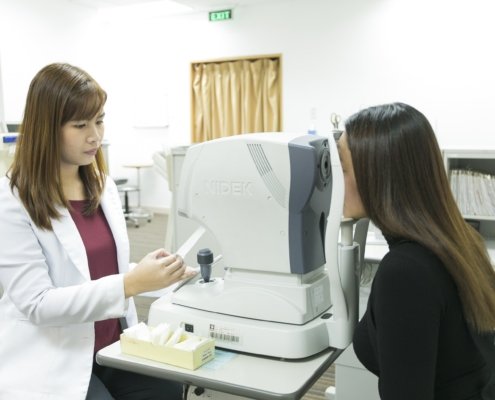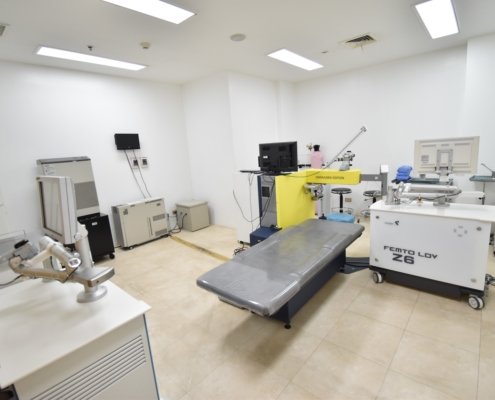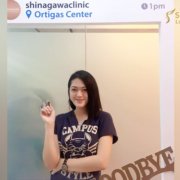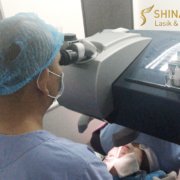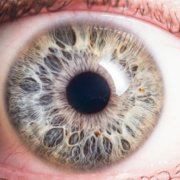Choosing The Best Eye Center For Your Vision
You very well know how important your eyes and vision are in your everyday life that’s why it is important for you to take good care of them.
That would only be possible if you have your regular checkups in a capable and tested eye center for your eyes to be taken good care of.
So, how do you exactly choose the perfect and best eye center to have the best vision care?
Here are some factors you should look at when choosing the best possible eye center for your visual care:
Prolific and Experienced Medical Team
Of course, you would want your eyes to be taken care of by consummate and experienced eye professionals and staff. You have to take a look at the track record of the doctors and their respective experiences in conducting eye treatments.
Provides A Wide Variety Of Treatments For Various Eye Conditions
It is also critical to find an eye center that is more than capable of providing corresponding treatments for various eye conditions. That is because you might face more than one vision issue in your life and an eye center that can provide you your visual needs will really help.
That’s why it is important that a clinic presents the most essential eye treatments for you to have security regardless of whatever eye condition you might have.
Financial Options And Flexibility
Another factor to seriously consider is the financial options and flexibility presented by an eye center. It’s always good to have some convenience in terms of payment plans. It’s always better if a clinic can present you with multiple payment options that can fit your capabilities without compromising the immediate treatment that you would need.
Reliable, Safe and Advanced Technology
Upon researching, you also need to make it a point that you are well aware of the machine, equipment, and technology that an eye center has. You have to look at the reliability, safety, efficiency, and advancement of an eye center’s technology to ensure that your eyes will be secured.
Going a notch deeper, you could perhaps check if an eye center has computer-aided lasers that are capable of delivering the safety and results that you deserve and expect.
You can check the boxes for each factor when it comes to Shinagawa.
Your eyes and visual health will be in good hands with our renowned doctors and advanced technology, which are both proven and tested. Call our Patient Care Lines: (+632) 7368 5238 l (+63) 917 862 7454 l (+63) 921 217 0517 to schedule an eye checkup.


